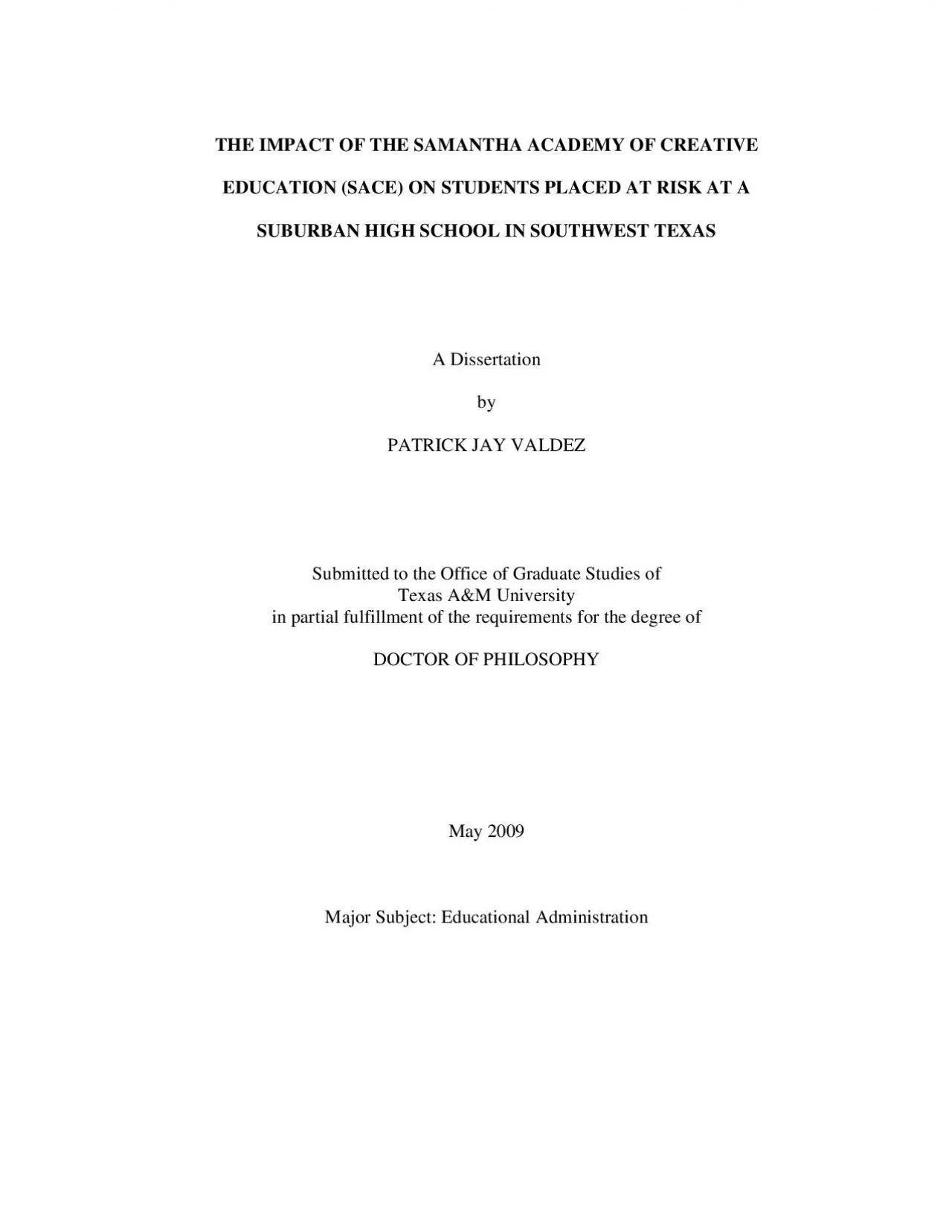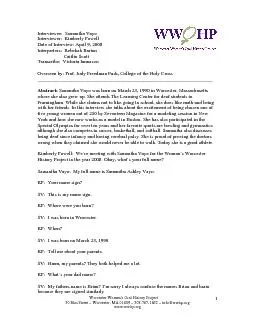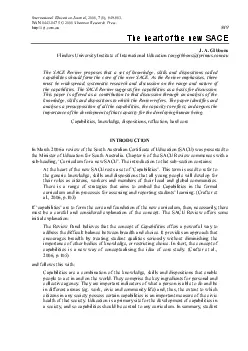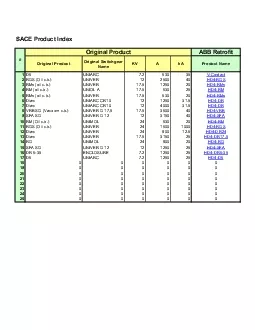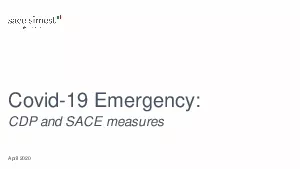PDF-THE IMPACT OF THE SAMANTHA ACADEMY OF CREATIVE EDUCATION SACE ON STUDE
Author : christina | Published Date : 2021-08-24
THE IMPACT OF THE SAMANTHA ACADEMY OF CREATIVE EDUCATION SACE ON STUDENTS PLACED AT RISK AT A SUBURBAN HIGH SCHOOL IN SOUTHWEST TEXAS A Dissertation by PATRICK JAY
Presentation Embed Code
Download Presentation
Download Presentation The PPT/PDF document "THE IMPACT OF THE SAMANTHA ACADEMY OF CR..." is the property of its rightful owner. Permission is granted to download and print the materials on this website for personal, non-commercial use only, and to display it on your personal computer provided you do not modify the materials and that you retain all copyright notices contained in the materials. By downloading content from our website, you accept the terms of this agreement.
THE IMPACT OF THE SAMANTHA ACADEMY OF CREATIVE EDUCATION SACE ON STUDE: Transcript
Download Rules Of Document
"THE IMPACT OF THE SAMANTHA ACADEMY OF CREATIVE EDUCATION SACE ON STUDE"The content belongs to its owner. You may download and print it for personal use, without modification, and keep all copyright notices. By downloading, you agree to these terms.
Related Documents

